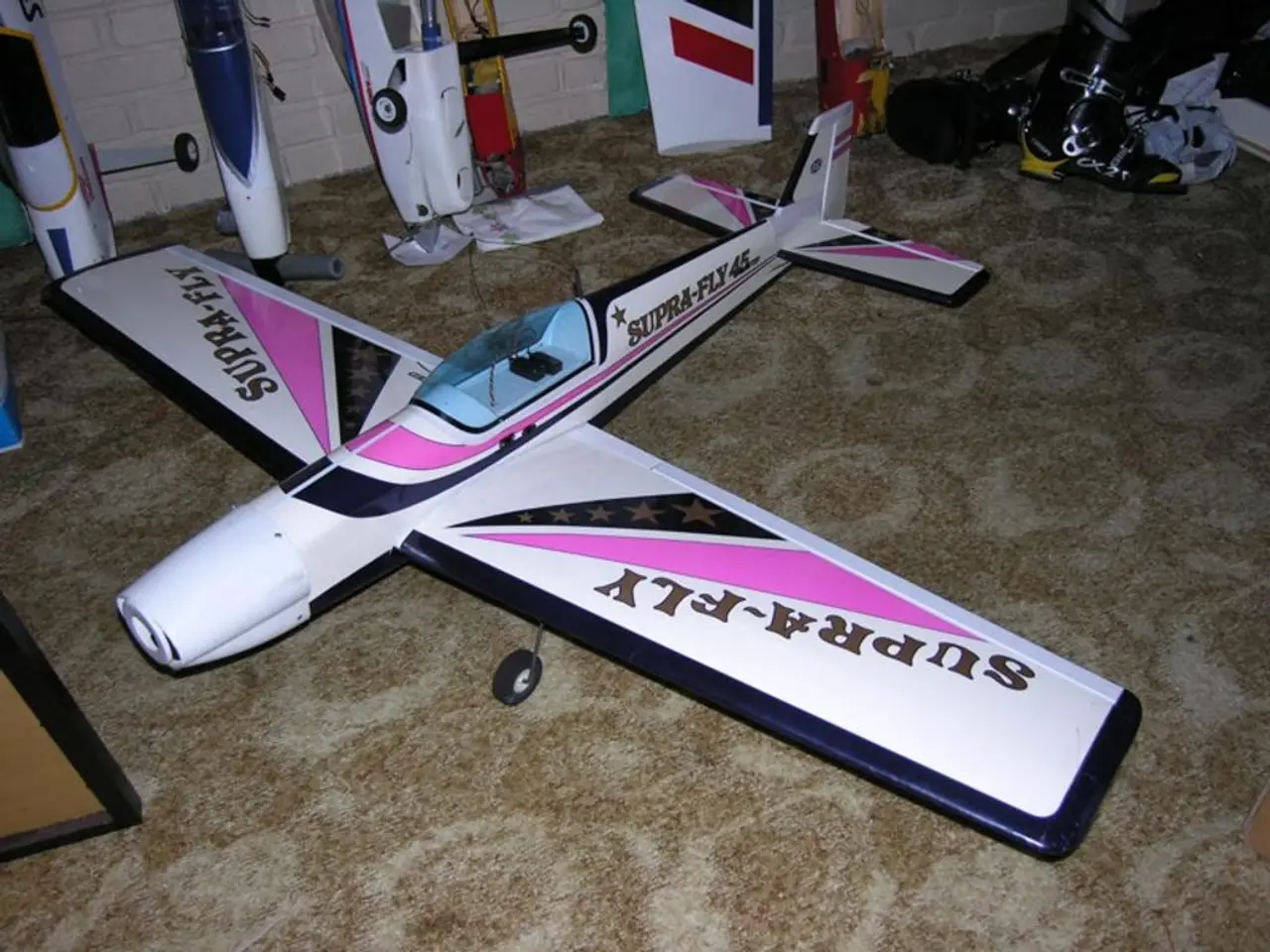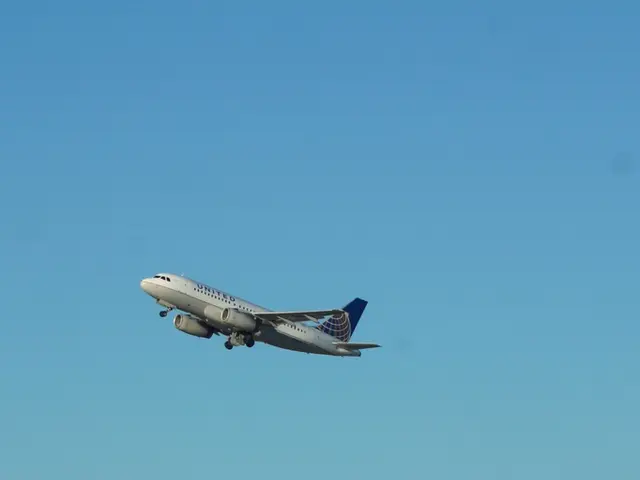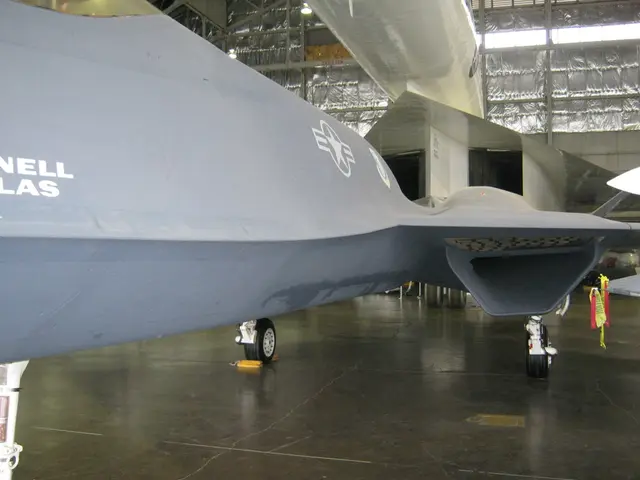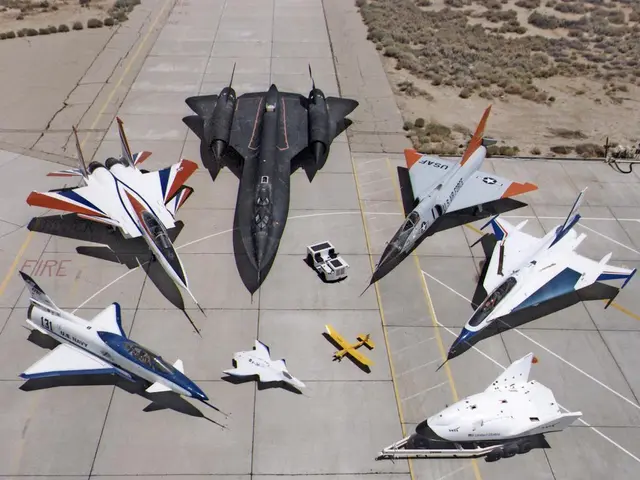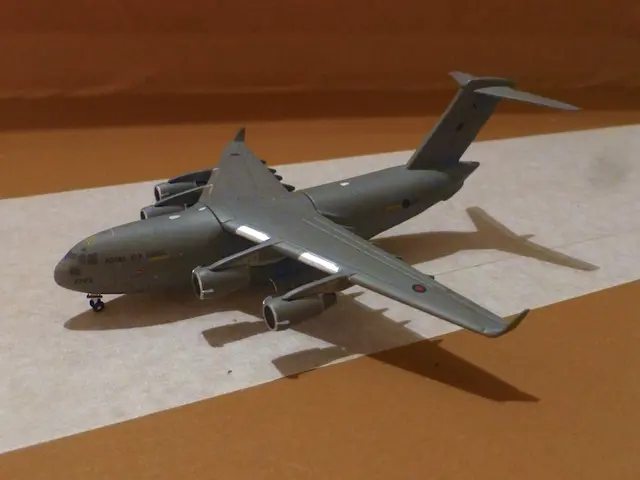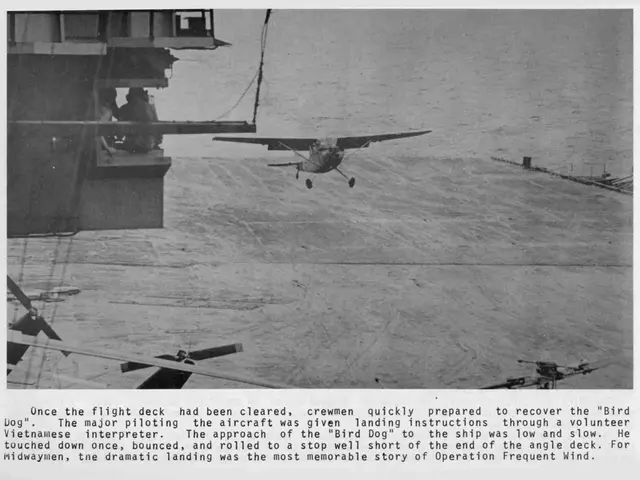Importance of Retrieving Flight Data Recorders in Aircraft Mishaps
In the world of aviation, the term "black box" has endured, despite the fact that the outer casing of the recorder has always been orange. This misnomer stems from the box's design to prevent any light from entering, reminiscent of the film running continuously in a box in the past.
These black boxes, made of strong materials like steel or titanium and insulated from extreme heat, cold, or wetness, are placed towards the tail end of the aircraft to minimize the impact of a crash. Their orange exterior makes them easier to identify and retrieve in the aftermath of a disaster.
Aircraft are typically equipped with two black boxes: the cockpit voice recorder (CVR) and the flight data recorder (FDR). While the CVR records all sounds and conversations in the cockpit, including pilot communications, warnings, and ambient noises, the FDR records quantitative data on multiple flight parameters such as altitude, airspeed, heading, engine performance, control inputs, and other aircraft system statuses.
The CVR offers insight into crew actions, verbal responses, and situational awareness, which is vital to understanding pilot decisions and cockpit environment before and during an incident. On the other hand, the FDR allows investigators to analyze exactly how the plane was flying and responding mechanically at every moment. Together, these recorders enable investigators to answer both what happened mechanically (via the FDR) and why or how crew actions and cockpit environment influenced events (via the CVR).
Recent regulatory advancements, like the FAA’s new 25-hour CVR mandate effective by 2030, aim to improve data retention and quality, reducing losses of critical evidence for longer investigations. Integrated FDR/CVR units with increased memory and survivability are also becoming standard to meet evolving safety regulations and operational needs.
While CVRs and FDRs provide essential data, investigations sometimes call for additional sources like cockpit video to fully understand pilot behavior and aircraft conditions. Despite this, these black boxes form the backbone for thorough post-crash investigations, helping to understand causes and enhance aviation safety.
In summary, the CVR captures pilot conversations and cockpit sounds that reveal human factors, while the FDR records precise flight performance data that shows aircraft operation. Together, they provide a comprehensive understanding of airplane crashes, driving safety improvements and helping prevent future disasters.
[1] [Source] [2] [Source] [3] [Source] [4] [Source] [5] [Source]
The black boxes, a crucial part of the aviation industry, are essential in post-crash investigations, as they offer insight into both the mechanical performance of an aircraft (through the flight data recorder, FDR) and human factors (via the cockpit voice recorder, CVR). Recent advancements in finance, such as the FAA’s new 25-hour CVR mandate, aim to improve the quality of data retained in these black boxes, ensuring continued safety in transportation, including aviation.
